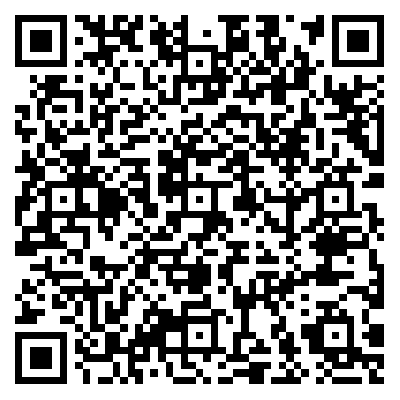
In trade,Sea freight import customs declarationIt is a crucial step in the smooth customs clearance of goods. Whether it is self operated import or entrusted import customs declaration agency, understanding the complete sea freight import customs declaration process and precautions can effectively improve customs clearance efficiency and reduce logistics costs. This article will provide a detailed introduction to the core steps of sea freight import customs clearance and analyze the service advantages of import customs clearance agents. Shipping Import Customs Declaration Service Hotline: 400-990-0851
1、 The basic process of sea freight import customs declaration
1. Prepare the customs declaration documents for sea freight imports
Before sea freight import customs clearance, complete documents need to be prepared, including bill of lading (B/L), commercial invoice, packing list, contract, certificate of origin, quarantine certificate (if required), etc. Different products may require special regulatory requirements, such as 3C certification, import licenses, etc.
2. Arrival of goods and exchange of documents
After the goods arrive at the destination port, they need to present the ocean bill of lading to the shipping company or freight forwarder to exchange for the bill of lading (D/O) for subsequent customs clearance and delivery.
3. Declaration and document review
Submit the sea freight import declaration form and related documents to the customs, and the customs will review the declaration content, verify the HS Code, declared value, and tariff rate. If the information is correct, the customs will accept the declaration.
4. Pay taxes and fees
According to the customs approved tariffs, value-added tax and other fees, importers need to pay them on time, otherwise it may affect the release of goods.
5. Inspection and release
Some goods may be subject to customs inspection, and after verification, the customs will release them. If it involves commercial inspection (such as food, cosmetics, etc.), it also needs to pass the inspection of the quarantine department.
6. Pick up and delivery
After completing the sea freight import customs declaration, a trailer can be arranged to pick up the goods and transport them to the designated warehouse or factory.
2、 The role of import customs clearance agent
For unfamiliaritySea freight import customs declarationEntrusting professional import customs clearance agents can significantly improve efficiency for process oriented enterprises. The advantages of a proxy company include:
Strong professionalism: Familiar with customs policies, product classification, and tax rates, reducing the risk of declaration errors.
Efficient customs clearance: Long term cooperation with customs, ports, inspection and other departments to accelerate inspection and release speed.
Cost optimization: Reasonably utilize policies such as free trade zones and bonded warehouses to reduce tariff costs.
Risk control: deal with abnormal situations, such as checking for abnormalities, discrepancies in documents, etc.
3、 Common issues with sea freight import customs declaration
1. Declaration inconsistency: The product name, quantity, or value does not match the actual situation, which may result in a refund or fine.
2. Customs dispute: HS code classification errors may lead to high additional taxes. It is recommended to consult an import customs clearance agent for confirmation.
3. Quarantine restrictions: Animal and plant products, food, etc. need to apply for quarantine approval in advance, otherwise they may not be able to clear customs.
4、 How to choose an import customs clearance agent?
Qualification compliance: Confirm that the agency company has customs declaration qualifications.
Industry experience: Prioritize choosing agents who are familiar with customs clearance for similar products, such as chemicals, machinery and equipment.
Service scope: Agents who provide one-stop services such as customs declaration, inspection, transportation, and warehousing are more efficient.
The entire process of sea freight customs clearance is easy with 6 steps
Detailed explanation of sea freight import customs declaration process
1. Sign the contract&prepare documents
Essential documents: trade contract, invoice, packing list, Korean Certificate of Origin (Form K), bill of lading (B/L).
be careful:
Confirm whether the product meets China's admission standards.
2 Booking&Korean export customs declaration
The freight forwarder arranges the shipping schedule, and after the goods are loaded into the container, they will be released by the Korean customs and shipped by sea!
During 3 sea shipments& delivery order
The voyage takes about 3-7 days. After arrival at the port, the freight forwarder notifies the "exchange of documents" (bill of lading → bill of lading) and enters the Chinese customs system.
4. China Import Customs Declaration
Submit documents: customs declaration, bill of lading, invoice, packing list, certificate of origin, etc.
Customs review: Verify the value, name, and HS code of the goods, calculate customs duties and value-added tax.
5 Taxation&Inspection
Online payment of tariffs → Customs may conduct random inspections.
6 Release&take delivery of goods
After customs clearance, arrange for trailer delivery or self pickup, and you're done!
conclusion
Maritime import customs clearance involves complex processes and regulations, and companies can choose to declare independently or entrust import customs clearance agents to reduce risks. Whether it's document preparation, tax calculation, or exception handling, professional maritime import customs clearance agency services can help enterprises efficiently complete customs clearance and ensure smooth entry of goods.






